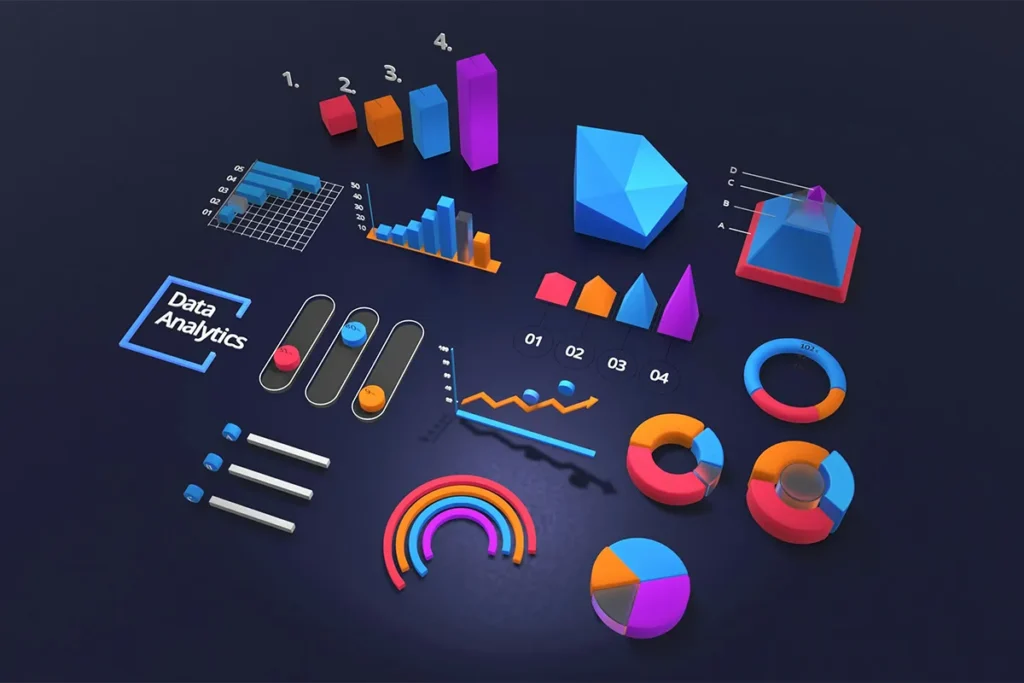In this age of technology and rapid development, information is the key to success. Collecting information from around the web is easier said than done. You have to crawl hundreds of web pages and organize the collected data. All this, when done manually, takes a lot of time and effort. Here comes handy ScrapingBee competitors. ScrapingBee is a perfect tool to scrape data from the web. They have all the necessary features to make web data collection fast, secure, and reliable.
However, one size does not fit all, and not all businesses have the same needs. There are alternatives to ScrapingBee that may better fulfill specific and unique business requirements. They offer different pricing plans, scanning features, data formats, proxy types, and levels of automation. Some of these tools prefer fast, and others may offer reliable but slow data gathering. This guide provides a detailed analysis of each ScrapingBee competitor to perfectly fit your business requirements.
| Table of Contents |
|---|
| Top 7 Best ScrapingBee Competitors for Scalable Web Scraping |
| 1. Bright Data |
| 2. Oxylabs |
| 3. Smartproxy |
| 4. Zyte |
| 5. Apify |
| 6. SerpApi |
| 7. WebScrapingAPI |
| Comparison Table: ScrapingBee Competitors |
| Conclusion |
Top 7 Best ScrapingBee Competitors for Scalable Web Scraping
Finding and installing a tool like ScrapingBee becomes easier when you know what features to expect. The tools listed here collect data from websites clearly and quickly. Whether working on large-scale jobs or smaller projects, these tools can help.
Along with solving CAPTCHAs and loading JavaScript pages, many of these platforms manage rotating IPs. Startups, growing teams, and large companies can all find an option that suits them.

1. Bright Data
Bright Data allows businesses to collect web data without needing to build custom tools. Known earlier as Luminati, the platform provides mobile, residential, and datacenter IPs. Web scraping becomes easier thanks to built-in CAPTCHA solving and block avoidance.
Companies often choose Bright Data because it is strong and dependable. A large IP network and advanced features give it an edge. Bright Data alternatives for enterprise-scale web extraction remain few due to their wide capabilities.
Pros:
- Large IP pool worldwide
- Solves CAPTCHAs and blocks
- Ready-to-use scraped datasets
- Strong data compliance support
Cons:
- Very high monthly cost
- Hard for new users
- The free trial has limits
- Faced legal issues before
2. Oxylabs
Oxylabs provides access to millions of global IPs. This reach helps users scrape data without facing restrictions. Extra tools are available for industries like eCommerce and real estate.
Global speed and a large IP pool make Oxylabs a smart option for demanding tasks. JavaScript-heavy websites load smoothly, and IPs rotate without trouble. Reliable Oxylabs scraper API alternatives are not easy to find when efficiency matters.
Pros:
- A big pool of clean IPs
- Special APIs for industries
- Works well with JavaScript
- Good tools for developers
Cons:
- Too expensive for some
- Plans split across features
- Takes time to learn
- Too complex for small jobs
3. Smartproxy
Smartproxy is designed for companies that want simple, budget-friendly tools. With rotating IPs and no-code options, even non-technical teams can get started.
The setup is quick, and the interface is clear. Teams can use it without special skills. Smartproxy web scraping tool for non-developers stands out for its ease of use and fast results.
Pros:
- Rotating proxies work fast
- Great for small teams
- No-code unblocking tool
- Helpful support team
Cons:
- Struggles with hard sites
- Some shared IP slowdowns
- No full browser view
- Not for big projects
4. Zyte
Zyte offers a complete toolkit for teams that need control and flexibility. JavaScript pages load well, and a built-in proxy manager simplifies many scraping jobs.
Many developers enjoy using Zyte as a good alternative to ScrapingBee for its spiders and pipelines. They can build workflows that match exact project needs. Zyte Smart Proxy Manager for dynamic websites is ideal for sites that often change.
Pros:
- All-in-one scraping system
- Easy to track scraping jobs
- Follows legal rules closely
- Can export in many formats
Cons:
- Tough for new users
- Needs setup for full use.
- The free tier lacks features
- Billing issues sometimes happen

5. Apify
Apify supports data collection and automation through its tool called “actors.” These can be created by users or found in the Apify store. Everything runs in the cloud, so there is no need to manage hardware.
Flexible teams benefit from Apify’s modular setup. You can start with pre-built tools or build your own. Apify actor marketplace for automated scraping makes it easy to begin quickly. For a complete and side-by-side feature comparison of Apify vs. ScrapingBee, visit our guide here!
Pros:
- Many tools in the marketplace
- Easy setup and quick start
- Good help and guides
- Custom tools for automation
Cons:
- Costs rise with usage
- Making custom tools is hard
- Some parts are confusing
- Not flexible on payments
6. SerpApi
SerpApi is built for getting data from search engines like Google and Bing. CAPTCHAs are solved automatically, and the output comes in clean JSON format.
SEO professionals and marketers trust SerpApi to track real-time search results. The results reflect what actual users see. SerpApi Google results API for SEO tools is great for monitoring rankings and keywords.
Pros:
- Fast and clean SERP results
- Works on many search types
- Easy to start using
- Sends the result screen and shots, too
Cons:
- Costs too much for a few
- Only scrapes search engines
- No access to proxies
- Few options for big tasks
7. WebScrapingAPI
WebScrapingAPI helps businesses collect data from modern websites. JavaScript pages are rendered fully, and CAPTCHAs are solved in the background. With one API call, data comes back ready to use.
Beginners and smaller teams find this tool easy to manage. It delivers reliable results without a long learning curve. WebScraping API with headless browser rendering is a smart pick for today’s websites.
Pros:
- Simple API with full render
- One call gives the full result
- Changes IPs for you
- Let you set headers
Cons:
- Only works through the API
- No deep tools or stats
- It may conflict with the use
- Not many guides or help
Comparison Table: ScrapingBee Competitors
| Tool | IP Types Offered | JavaScript Rendering | CAPTCHA Solving | Industry-Specific APIs | No-Code/Low-Code Option | SERP Data Focus | Best For |
| Bright Data | Residential, Mobile, DC | Yes | Yes | Yes | No | No | Large-scale enterprise scraping |
| Oxylabs | Residential, Mobile, DC | Yes | Yes | Yes | No | No | E-commerce, real estate |
| Smartproxy | Residential, DC | Limited | Yes | No | Yes | No | Budget teams, fast setup |
| Zyte | Residential, DC | Yes | Yes | Some | Limited | No | Full scraping lifecycle |
| Apify | Custom actors (cloud) | Yes | Yes | Some via actors | Yes | No | Automation and flexibility |
| SerpApi | Managed via API only | Yes | Yes | Yes (search-specific) | Yes | Yes | Real-time SERP monitoring |
| WebScrapingAPI | Rotating via the built-in pool | Yes | Yes | No | Limited | No | Simple API-based scraping |
Conclusion
Choosing the right tool can feel tricky, but it gets easier when you take small steps. Some tools work well for big companies that need lots of data. Others are better for smaller teams that want something easy to use. Bright Data and Oxylabs are strong and full of features. Smartproxy and WebScrapingAPI are simple and great for getting started.
First, think about what your team needs help with. Next, check if the tool is simple to use. Then, see if it fits your plan and your budget. Picking the right tool helps your team save time, learn faster, and grow step by step. Do a check on ScrapingBee Google API to reach a sound decision before subscribing to any of the tools above!

